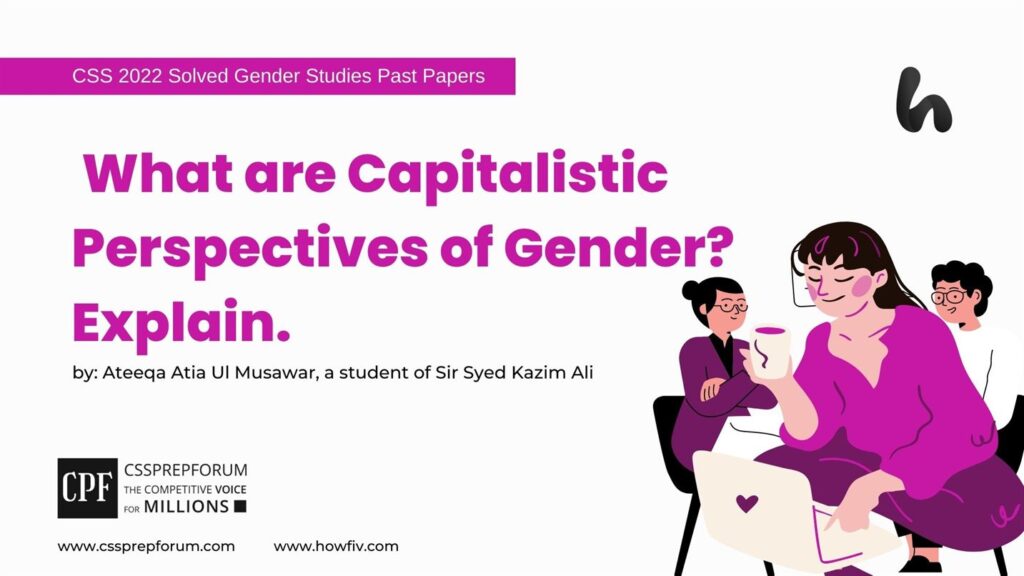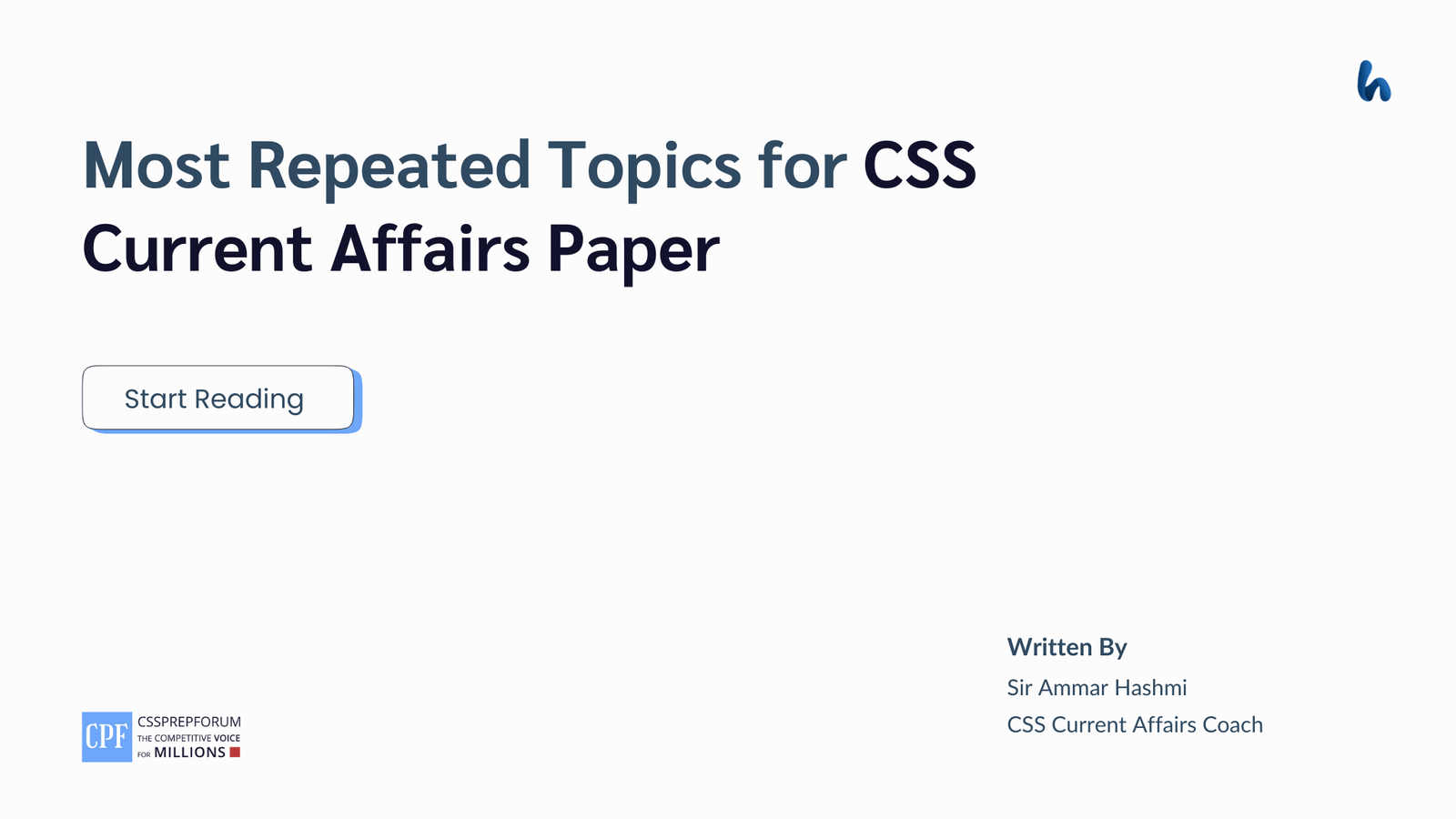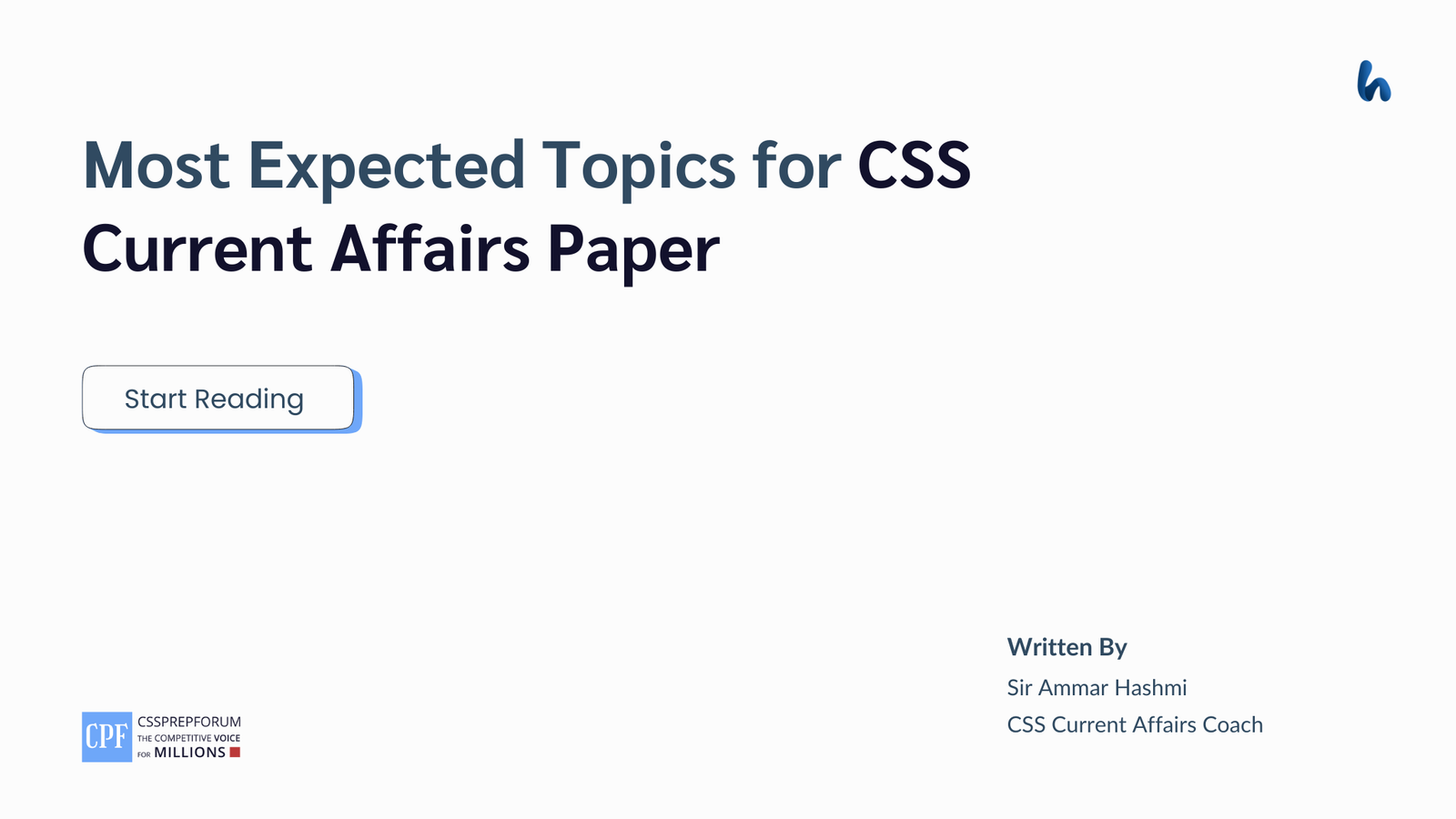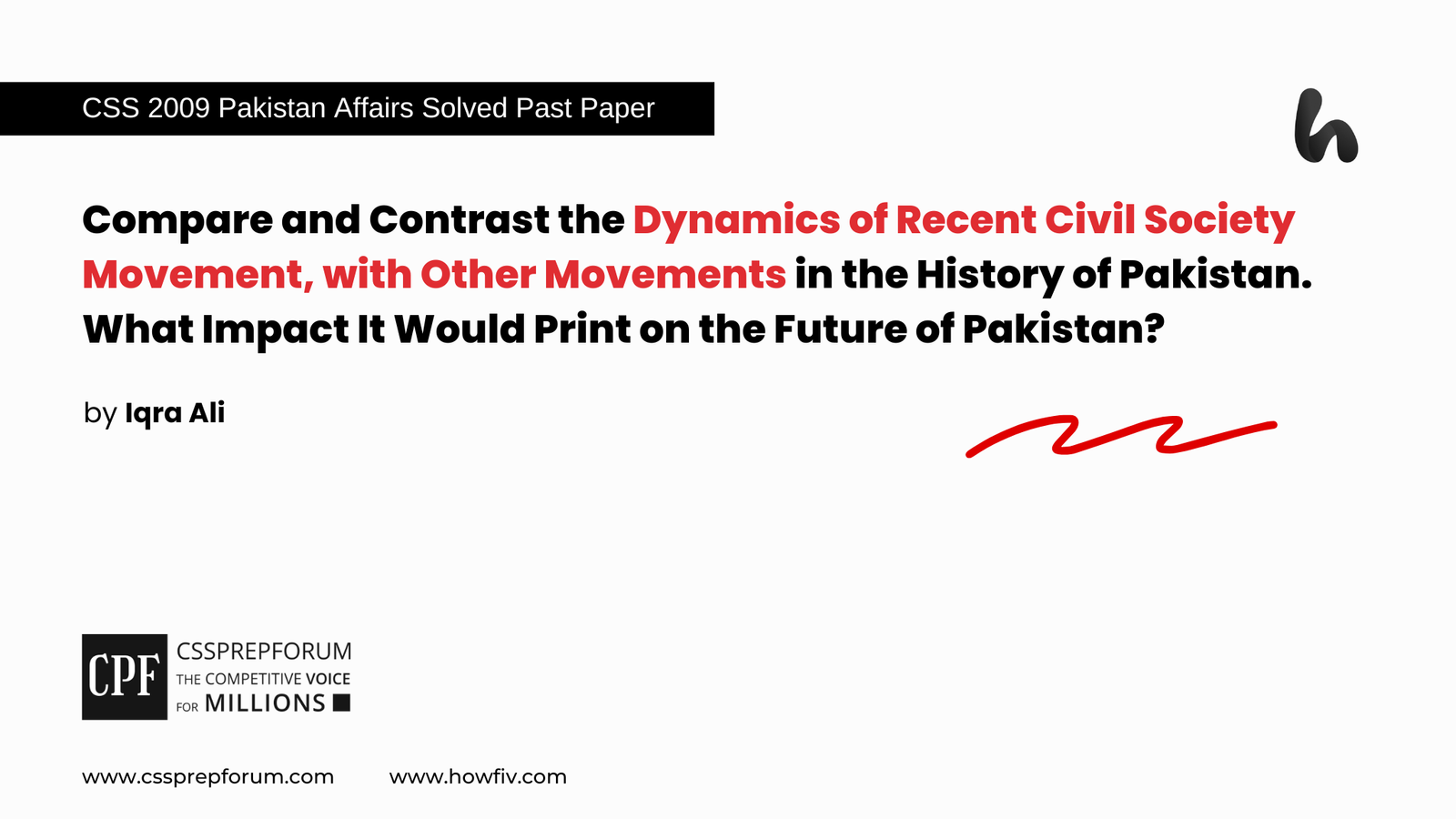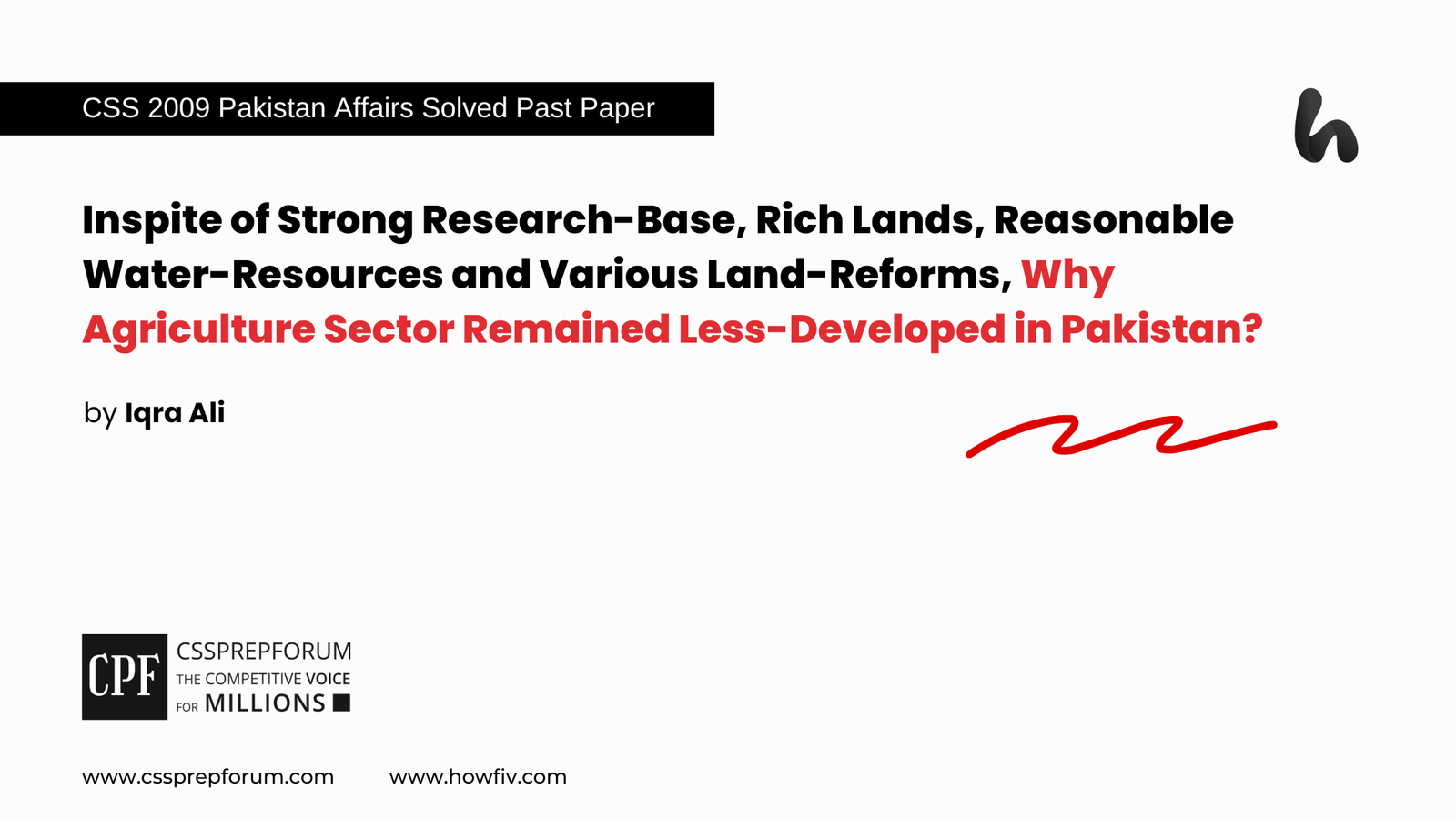CSS 2022 solved Gender Studies past papers | What are Capitalistic Perspectives of Gender? Explain.
The question is written by Ateeqa Atia Ul Musawar, the highest scorer in CSS Gender Studies. Moreover, the article is written on the same pattern, taught by Sir to his students, scoring the highest marks in compulsory subjects for years.
Question Breakdown
The focus of this particular article is on those aspects of capitalist culture that result in unequal and exploitative gender relations, upon which debate has already been opened centuries ago under the influence of Marxist theory. The central theme of this article would be the inherent relationship between capitalism, patriarchy, and exploitation, with women as major subjects of oppression. Aside from that, this article would unwrap the argumentative stance on how the capitalistic culture, laced with patriarchy, exploits women’s paths to development.

Synopsis
1- Prologue Conceptually understanding capitalism from numerous perspectives
- ✓ Defining the connotation of the economic sphere
- ✓ Defining the connotation of feminism
2- Capitalism through the lens of a feminist approach
3- Strands of exploitation and suppression under capitalism
- ✓ A Strong Nexus among Capitalism, Patriarchy, and Exploitation
- ✓ Women – the source of reproductive labour.
- ✓ Women – powerless domestic slaves of salves
- ✓ Women – doubly oppressed victims
- ✓ Patriarchy –an ideology in the capitalistic system
4- Theoretical perspectives to crack the concept of capitalism in the world of feminism
- ✓ The liberal school of thought
- ✓ Radical school of thought
- ✓ Social-Marxist theory
- ✓ Psychoanalytical feminist perspective
5- Critical appraisal
6- Epilogue

Answer to the Question
Prologue:
“Just the victims have changed, but the method of exploitation remains the same.”
Adversity in the capitalist system is a century-old debate. Undoubtedly, the debate on the plight of the capitalist system has been opened by the constructive efforts of Karl Marx through his universally recognized ideology, better known as Marxism. The Marxist ideology strongly criticizes the exploitation system and claims that the principle of defined classism is the root cause of people’s exploitation all over the world. The distinction between the bourgeoisie and the proletariat enriches the rich and impoverishes the poor. The opportunities, rights, and wealth are restricted to a few groups of people, but the exploitation has no boundaries. Within a short period of time, the concept of suppression was no longer limited to the bourgeoisie and the proletariat but also attracted the attention of twentieth-century feminists. Karl Marx, the apostle of Marxist doctrine and the devil of capitalistic ideology, instilled a new spirit in feminist scholarship. The Marxist ideology captured the attention of feminists all over the world after rising in spirit among the bourgeoisie and have-nots. The feminist approach was taking on a new shape under the sway of Marxism. Marxist philosophy, after successfully nipping the evil of capitalism in the bud through historical materialism, a dialectical approach, and the stance of manipulation of the have-nots, has opened Pandora’s box of the exploitation of women. There are no two opinions that denunciations of gender inequality and patriarchal influence over families were already highlighted by Marx’s work (The Communist Manifesto, Das Kapital) in collaboration with Frederick Engle’s “The Origin of the Family.” The deep analysis of a capitalistic culture in parallel with the patriarchal system has given the feminists of the 19th century a powerful vision to re-think various forms of exploitation on the basis of sex, race, and class. Marx’s work, nevertheless, has significantly contributed to deconstructing the real causes of the exploitation of women under the key perspectives of capitalism, Marxism, and patriarchy, the consequences of which can even be witnessed in the 21st century in the form of the fourth wave of feminism.
Conceptually understanding capitalism
- ✓ Defining the connotation of the economic sphere
Such a social and economic system where, under the principle of laissez-faire, the property is privately owned, wealth is constrained to a few hands, and rights are restricted to certain groups of people.
- ✓ Defining the connotation of feminism
In the connotation of feminism, capitalism is such a system where, under the principle of exploitation, matriarchal systems are replaced by patriarchal systems, opportunities are replaced by adversities, and rights for women are replaced by duties for women.
Capitalistic perspective through the lens of a feminist approach
Karl Marx showed through his works how the have-nots had been subjected to exploitation at the hands of the haves under the capitalistic system. The motive behind the exploitation was to gain maximum profit by usurping the wage rights of the working class. Therefore, the bourgeois became the slaves of the proletariat. Through the lens of feminism, women ultimately became the slaves of the slaves. As a result, there are numerous strands that reveal the facts about how fundamentally the capitalistic system produces a system of oppression for women.
Strands of exploitation and suppression under capitalism
- ✓ A Strong Nexus among Capitalism, Patriarchy, and Exploitation
The nexus between capitalism, patriarchy and the subjugation of women is one of the most contested and challenging issues in the world of feminist scholarship. Capitalism and patriarchy are close friends who play a key role in women’s exploitation. Patriarchy, like capitalism in economics, is a dominant force in feminism due to its exploitative nature. Capitalists hold opportunities and wealth, as well as the right to freedom, in their hands in the economic world. Similarly, male dominance limited their rights, following in the footsteps of the capitalistic system. Women have a minimum right to wage, freedom, occupation, and production, as the bourgeois have no right to their own production, wages, or goods.
“The husband represents the proletariat, and the wife represents the bourgeoisie.”
– Frederick Engle
- ✓ Women—the source of reproductive labour
Capitalism is the root cause of the suppression of women. The capitalistic system always wants to maximize profit at any cost. In this case, there is a desire for cheap labour with a minimum wage. Therefore, women are the cheapest source of labour both in the patriarchal system and the capitalistic system. They provide free services as wives and daughters to the male-dominated society as well as cheap labour to the capitalistic society through the continuous supply of labour through reproduction.
“Women keep the cogs of the capitalistic machine running.”
- ✓ Women – powerless domestic slaves of salves
The workforce, or bourgeoisie, is the class of people who work as capitalists’ slaves. Under a patriarchal society, the women’s community works for these slaves, and thus women are considered slaves of slaves. They are being treated as traded property, thus contributing to the plight of women. They are born for domestic duties but not for productive work outside the confines of the home.
“Under capitalism, man exploits man. Under patriarchy, man exploits woman”.
- ✓ Women-doubly oppressed victims
In our capitalist society, women are doubly oppressed victims. The traditional family roles evolved as a result of capitalism’s replacement of the matrilineal system with a patriarchal system. Under these traditional roles, women are confined within the four walls of the house with no opportunity for development. She is obligated to provide services to both the family and the capitalistic system in the absence of a fruitful incentive.
- ✓ Patriarchy –an ideology in the capitalistic system
Patriarchy is the most revered ideology in a capitalist society. Man is the centre of production, while women are unpaid domestic labourers. A woman has to focus all her energy on completing the house chores. She has no authority and no right to development in a capitalistic society. Thus, as women work in the economic whirlpool, capitalism is the true source of exploitation.
Theoretical perspectives to crack the concept of capitalism in the world of feminism
As a result, many theoretical perspectives and schools of thought pull back the curtain on the naked truth of women’s exploitation in various forms. For decades, attention has been drawn to the voices and perspectives of women in third-world countries. These voices have challenged the development and inequality associated with women.
- ✓ Liberal feminist approach
It primarily began in the West among white middle-class women, and the feminist movement’s primary concern was individualism, freedom of choice, and equal opportunities for both men and women. It influences the world with its emphasis on the rights of women, legal reforms, and enhancing the participation of women in economic and political spheres. Liberal feminists emphasized the idea that no one person is superior to another. Besides its remarkable contributions to feminist scholarship, it was hit by criticism. It demanded equal rights for women but did not implicitly highlight capitalism as the main factor suppressing women. As a result, the basic criticism was that liberal feminists accepted the capitalist approach in the world of patriarchy, assuming that patriarchy, capitalism, and sexism are unrelated. Undoubtedly, the emancipation movements were founded on patriarchy and capitalism, but liberal feminism left gaps in claiming capitalism and patriarchy as the root causes of exploitation.
- ✓ Radical school of thought
The radical school of thought moved a step further and claimed patriarchy as the root cause of the plight of women in third-world countries. This school of thought bluntly highlighted the intrinsic correlation between patriarchy, capitalism, and sexism. Unlike liberal feminists, radical feminists stress the notion that it is a patriarchal system governed by a capitalist approach that does not allow equal opportunities on the basis of race, color, or class. According to this school of thought, just as wealth is restricted to a few hands in the capitalist system, rights in the male-dominated society are restricted to men only.
- ✓ Social-Marxist feminism
By passing all theories and notions, the one theory in feminist scholarship that was heavily influenced by the Marxist theory was the social or Marxist feminist theory. Essentially, this theory emphasized the fundamental conception and causes of women’s suppression. In the world of feminism, Socialist-Marxist theory penned the capitalistic perspective. Owing to it, Eisenstein considers that patriarchy and capitalism are so inextricably linked that they comprise not two systems but one, which she calls the “capitalistic patriarchy. This theory discusses all the black-and-white repercussions of capitalism and the tools used to exploit women.
- ✓ Psychoanalytical feminist perspective
Under the psychoanalytical feminist perspective, feminists challenged the innately capitalistic approach that men are superior to women. As per the stance of feminism, it is in the upbringing of women that they have to be suppressed. The concept of confining women to private spheres from a young age became the primary target of psychoanalytical factors. The conventional practice of restraining women outside of the public sphere was nothing but the ultimate repercussions of capitalism.
Critical appraisal
The capitalistic gender perspective, like many other theories, is incapable of defending itself against criticism. Critique takes the stance that feminists, in their desire to criticize capitalism and its consequences, forget that there are a number of women who themselves choose family roles. These women might actively choose the social and domestic roles of wife, daughter, and mother according to their own concerns. Furthermore, Marxist feminists questioned the significance of class divisions and specific gender roles, negating the fact that no one person can perform every function. Besides this, it is not necessary that all women around the world are passive victims of patriarchy, but there are a number of women performing the leading roles in their own matriarchal system.
Epilogue
This article develops a novel skill-based theory of capitalism to explain patterns of occupational segregation by gender in advanced as well as third-world countries. This new approach brings together insights from two critical pieces of literature: the varieties of capitalist literature and feminist studies. The central claim in this article is that discrimination against women has no endpoint. They are oppressed all around the world using a variety of tools. It is a naked fact that around the globe, half of the world’s population is treated as second-class citizens with minimal opportunities to enjoy. Occupational segregation, the stigma of sexism, and the continuous exploitation of women need deconstruction. There is a need for activism to reform capitalism in order to overturn the discrimination against women, but at the same time, it is true that.
Capitalism cannot reform itself; it is doomed to self-destruct.

CSS Solved Past Papers’ Essays
Looking for the last ten years of CSS and PMS Solved Essays and want to know how Sir Kazim’s students write and score the highest marks in the essays’ papers? Then, click on the CSS Solved Essays to start reading them.
CSS Solved Essays

CSS Solved General Science & Ability Past Papers
Want to read the last ten years’ General Science & Ability Solved Past Papers to learn how to attempt them and to score high? Let’s click on the link below to read them all freely. All past papers have been solved by Miss Iqra Ali & Dr Nishat Baloch, Pakistan’s top CSS GSA coach having the highest score of their students.
General Science & Ability Solved Past Papers
CSS Solved Pakistan Affairs Past Papers
Want to read CSS Pakistan Affairs Solved Past Papers and learn how to attempt them to score high? Let’s click on the link below to read them all freely. All past papers’ questions have been attempted by Sir Kazim’s students, who scored the highest in the subject.
CSS Solved Pakistan Affairs
CSS Solved International Relations’ Past Papers
Have you opted for International Relations in the CSS examination and want to score above 150? Then, click on the CSS Solved International Relations’ Past Papers by Miss Abeera Fatima, the top IR scorer and the best IR coach in Pakistan.
CSS Solved International Relations Past Papers
Articles Might Interest You!
The following are some of the most important articles for CSS and PMS aspirants. Click on any to start reading.

